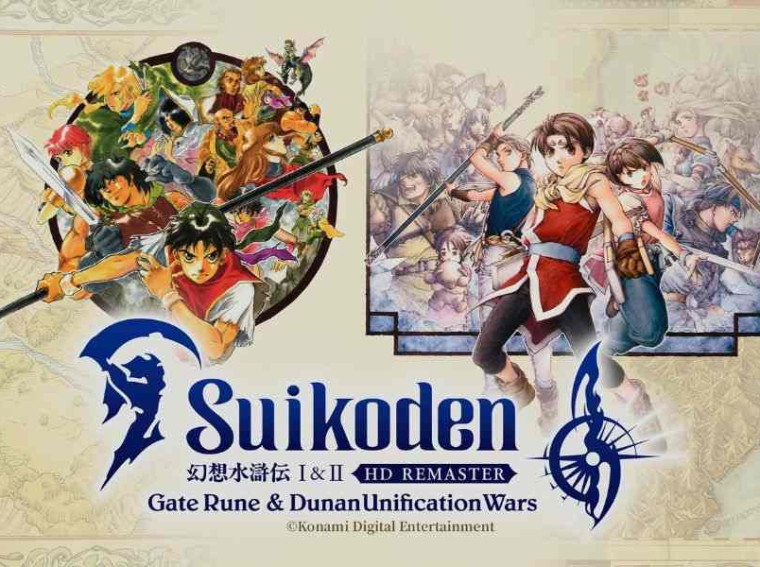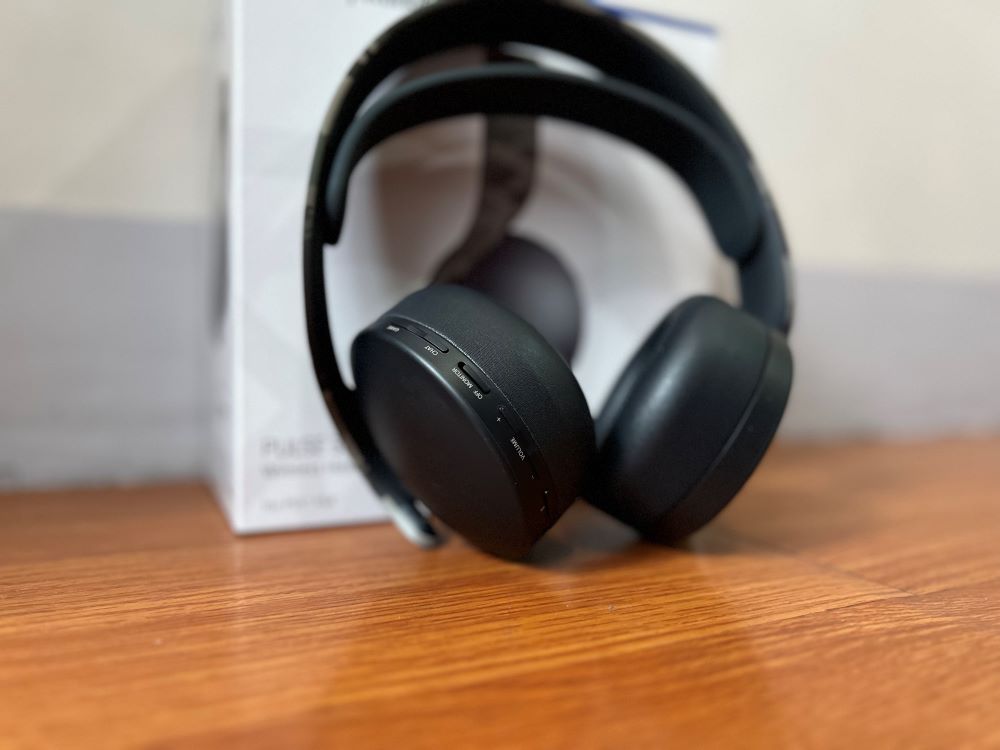Speed Run: Maquette — A tedious puzzler told through an uneventful love story
These days, I need a good reason to check out love stories and puzzle games. Then there’s Maquette, which is a puzzler about uncovering lost memories of a failed relationship in the style of The Witness that reminds me of a cross between Firewatch and 500 Days of Summer. Where do I sign up?
Love stories are best told cold, so games like Haven really rub me the wrong way. Meaning to say, they need to have either a break up or a dead partner to make it interesting enough, else you’ll get bombarded with cheesy one-liners and extra sweet filling.
Annapurna Interactive is great with these titles, ranging from the purely cerebral (Kentucky Route Zero) to a masterfully crafted rogue-like (The Outer Wilds). By any stretch, Maquette should be another Annapurna masterpiece…
Did I just start playing Haven again?
Pinch me, I must be dreaming. Because, I’m starting to play Haven again, only this time there are no RPG quests and collectibles. It’s a straight up linear puzzle game with a bit of a walking simulator to the tune of indie hipster bands. Five minutes in and I’m already reminded of 500 Days of Summer (and not in that cute quirky way).
The narrative starts off where you play as Michael who walks down a literal memory lane after finding a sketchbook he shared with his partner, Kenzie. The only thing you know is that Kenzie is not in his life anymore, but the reason why isn’t revealed. Each puzzle solved opens up more paths, telling the story of an awkward couple who was very much in love until an unspecified moment.
Michael and Kenzie are portrayed mostly in voices by actors Seth Gabel and Bryce Dallas Howard. You never see them in the flesh, but if you’re familiar with the actors, you’ll see them in your mind’s eye. There’s this hipster Bay area vibe going on, so if you’re not familiar with the culture, let me apologize in advance. It may get insufferable for you as it did for me.
Their performances were serviceable, but the delivery felt drab that it didn’t exactly win me over right away (or ever). If you feel the same way, sadly there’s no RPG grind and collectibles here to soften the blow. So you really gotta like puzzles or you really gotta love Bryce Dallas Howard to trod along further for this one.
Maquette is “recursive puzzle game”, and to put it quite simply, think of it like those Russian Matryoshka Dolls, where one doll is placed inside another in decreasing sizes. That’s basically Maquette, where the world you move around in is a huge “doll” and in it, a smaller model of the world where you can manipulate objects to be bigger (and smaller) depending on where you place them.
The momentum of the game is carried with how you interact with the puzzles, immerse yourself in this geometric optical illusion, and the love story unfolding before your eyes. The first two chapters really pushed for tickling that nostalgia of a past relationship, the beauty of the diorama, and the simple challenges the puzzles present themselves to be.
The kicker is when you reach the third level, that’s when the game tests your patience if you will stick around for the rest of the game. The difficulty spike of the puzzles just shoots up by five points and this is the point in the relationship where they’re the disgusting new couple. It’s like a combination of overly sweet nothings while solving a puzzle that you need to rack your brain for, total opposites that hit you hard and fast.

The worst is when you get stuck and you wish to backtrack your progress by restarting the level as besides taking notes, there’s no quality of life option that lets you know your last few moves. It’s also so easy to get yourself stuck by forcing puzzle items into places that will get them stuck, so there definitely is some room for control polish here. Either you save often and reload, or you will have to restart.
The Space Between
When not solving puzzles, I suggest taking in the beauty of the world. It’s a great creative choice on how the color vibrancy of the world matches the feelings Michael has at the time.
At the melancholic opening when he recalls the somber relationship that has faded, they use a lot of heavy blues and indigos highlighting a garden at night. At chapter two, when the relationship is beginning, bright and heavy pastels a mix of vibrant warm colors of red, pink, and gold shows the majesty of a love in bloom. The gaudy and heavy paints matching a baroque architecture highlights their height of their honeymoon phase heavily contrasts the drab bleach bypass when exploring the cracks in their relationship.
It’s amazing how the interplay of colors and architecture highlights the milestones of Michael and Kenzie’s relationship. If nothing else, without the voice acting and the heavy handed exposition, the entire game could’ve been more of an abstract visualization of the trajectory of a relationship. We didn’t need too much backstory to tell that story, the visuals will gladly do.
The puzzles are also well designed to interact as a storytelling device. Subtle clues about their relationship could be inferred to solving several puzzles. There’s a lot of symbolism in the items used such as keys and tickets that opens up the next pathway to their story.
The best part of the puzzler is how you would manipulate your surroundings and the size of the items using the Maquette diorama at the center of the memory bubble. You could take a key and turn it into a bridge or miniaturize it to open smaller boxes. You can increase the size of certain orbs or diamonds to slide them into windows in order to access closed doors.
Finally, you can manipulate your own size by finding ways around the Maquette, creating a sort of infinite stairs optical illusion, but you or your items grow in size the further you step away from the event horizon of the default Maquette diorama, which is your control point. Sometimes, I even find myself just fooling around in the world and not advancing the story just to take in the surroundings.
Also, loading times on the PS5 are quite speedy. They attempted to utilize the adaptive triggers on the Dualsense to add some weight in the items picked up and manipulated into the game world. It’s not much, but it’s appreciated.
What’s next?
It doesn’t get any easier in the next levels for both the puzzles and the story they’re trying to tell. The fourth level starts you off quite easy and most of the puzzles surrounding that level revolve around a single staircase wedge you use to reach harder to reach areas. There will be multiple times where you will be staring at the same puzzle using different sizes, trying every iteration in order to move ahead.
The sad part is that sometimes the solutions to these puzzles are painfully obvious, it is staring you right in the face. And as I mentioned earlier, if you aren’t exactly invested in the story, the motivations on moving forward become thin and as tedium builds up, the frustration does too. It reminds me old school Myst where you stare at spatial puzzles and you could spend hours doing such with little gratification.
It’s a cool way to test out the solution section of your PS5 available to PS Plus subscribers where you could use the feature to get you out of being stuck to move forward with the game. You can even pin the video to your side if you’re really stumped. It doesn’t give answers to everything though and there’s no shame looking up answers online. We won’t tell.

The game is fairly short, ranging from 4-6 hours depending on the time it takes you to solve puzzles. Once you complete the game, you can replay certain areas to find some easter eggs or pull a speed run to clean up the trophy count.
Finally, I felt that the characters never really grew on me. The fact that our interaction with them were only in voices, I couldn’t really see the chemistry between the characters and all I had to verify the story was through Michael’s one-sided perspective. He could be making it all up for all we know. I can only imagine how much better connected I could be with them if I actually saw them, which would have been a nice touch.
While it is an interesting way of telling a story, many of the storytelling choices stifled keeping my interest. It started out cute, but the novelty wore thin real fast. Since much of the motivation to continue rely heavily on Michael and Kenzie’s love story from Michael’s narrow perspective, if you’re not a fan of either that or abstract spatial puzzle solving, there are better ways to spend your time.
What We Liked:
- Beautiful color dynamic between the evolving settings.
- Optical illusion manipulation is a nifty gameplay mechanic.
- A unique way of telling stories using an interactive medium.
- Sense of achievement when solving a difficult puzzle.
What We Didn’t Like:
- Lack of motivation to actually go forward if the narrative or characters don’t capture you.
- Ineffective soundtrack, more jarring than endearing.
- Could use some quality of life options such as a run button to cut through the tedium.
- When you really feel stupid when the solution to that puzzle is so painfully obvious.
Verdict: Wait for it…

Games as a narrative tool have gone a long way with the many creative ways they’ve told stories and Annapurna is definitely one of the best in doing so. Since you are basically on a “quest” to find out why Michael and Kenzie aren’t together at the start, if you’re not invested in the relationship between Michael and Kenzie from the get-go, it’s really a moot point. Even worse is when you pair it with a puzzler when there’s already not a lot going for the narrative pull of the story, it can basically encourage the player to quit.
Don’t get me wrong, Maquette is a beautiful game with a lot of great creative ideas and an intriguing puzzle design. There is, however, a sort of disconnect between the diorama art display and the story they chose to tell. In games like Myst or The Witness, the puzzle aspect is intertwined with the mystery behind the plot. Even Gone Home builds a foreboding sense of dread as you uncover different parts of the house and pick up clues regarding the relationship between your parents and your sister. While it complements the visual cues, there is much narrative friction that builds up over time in Maquette, especially when you get stuck with a puzzle.
Just like Haven, if the devs come out with a demo, it’s a great idea to try it out before buying. If you have a PS5, download the free PS Plus copy and try out the first three levels to see if it’s your thing. If it is, prepare to enjoy a heartbreaking personal tale told through puzzle solving. If it’s not, well… there’s always 500 Days of Summer.






